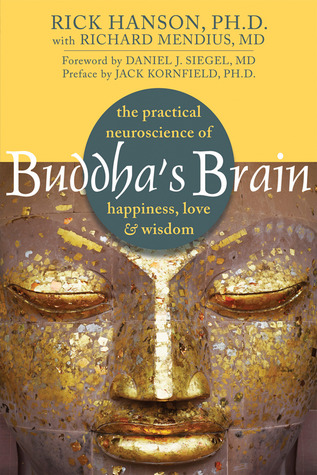This dopamine-driven system interacts with another neural system—based in the basal ganglia—that tries to balance the rewards of stimulation-seeking (new food! new mates!) with its risks (exposure to predators, rivals, and other hazards). The basal ganglia are a kind of “stimostat” that registers the stimulation coming through the senses or from within the mind itself. As long as the amount of stimulation remains above a certain threshold, there’s no need to trigger stimulation-seeking. But when stimulation drops below this threshold, the basal ganglia signal your brain to get more now—and you
...more
Welcome back. Just a moment while we sign you in to your Goodreads account.


